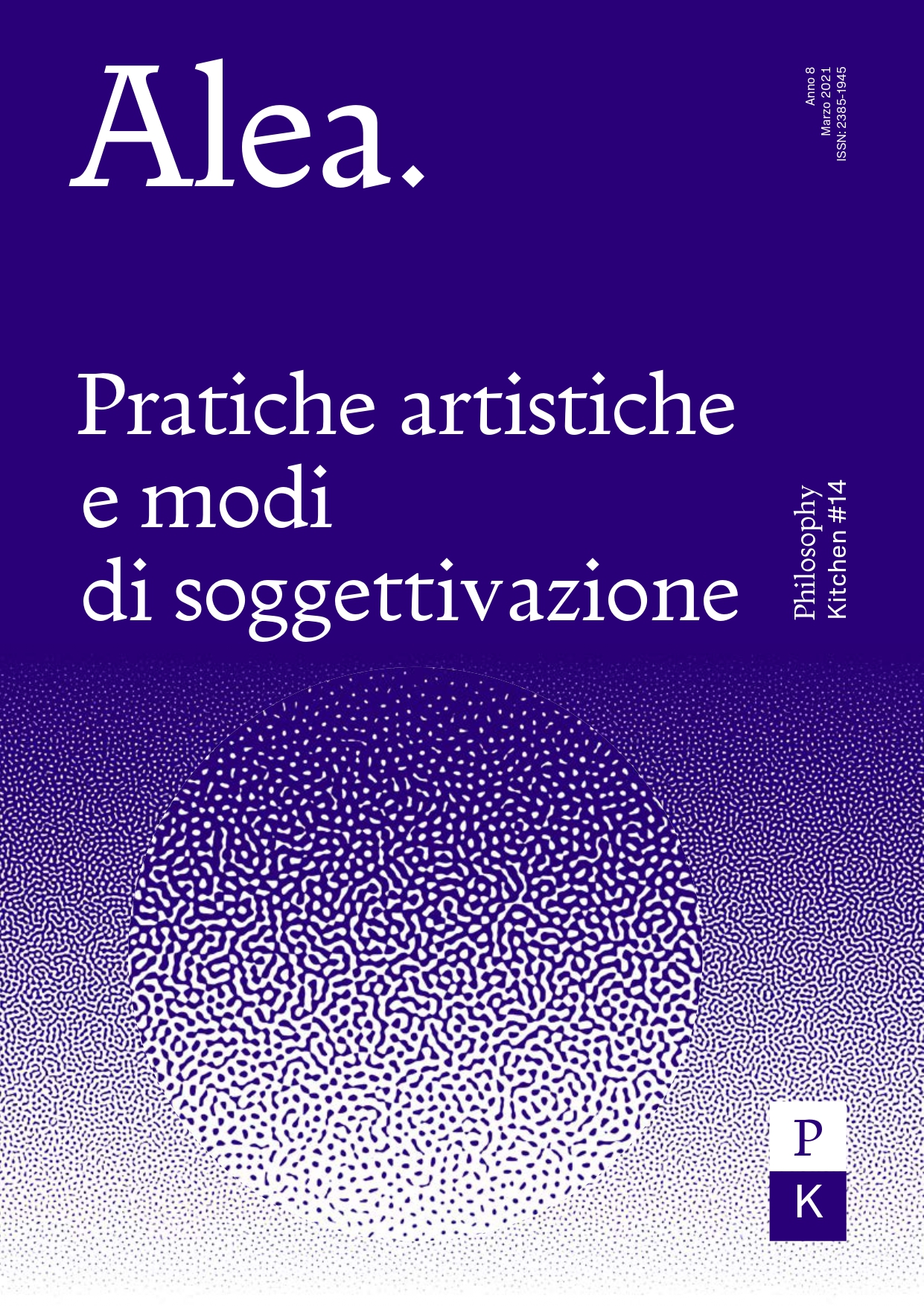Hasard et orient au XXe siecle. Les controverses artistiques Boulez / Cage et Queneau / Breton
DOI:
https://doi.org/10.13135/2385-1945/5882Abstract
This paper proposes to return to the way in which the artistic chance of the 20th century is constructed by a set of discourses, through which artists elaborate conceptions of the artistic subject, and make art a space of norm of the subjectivity of individuals. Thought as a device, following the work of Giorgio Agamben, the aesthetic experience is no longer a place of pure freedom, of free exercise of a formal game. On the contrary, it becomes a matrix producing determinations through which modes of subjectivity are shaped. We will focus on this side of chance, in order to get away from a purely mystical reading, as well as from the simple dualism between reason and chance. We will see that in the 20th century chance constitutes a discursive tool, a field operator, a vector of relations of knowledge and power. Several recent works on artistic chance have considered it in its heteronomous character, and not only from the point of view of aesthetic autonomy. Intending to contribute to this formalization of an epistemic approach of chance, this article analyses two major quarrels about chance in the 20th century in which the Orient serves as a point of reference for the elaboration of a post-rational artistic subjectivity: the Boulez/Cage quarrel, and the Queneau/Breton one.





